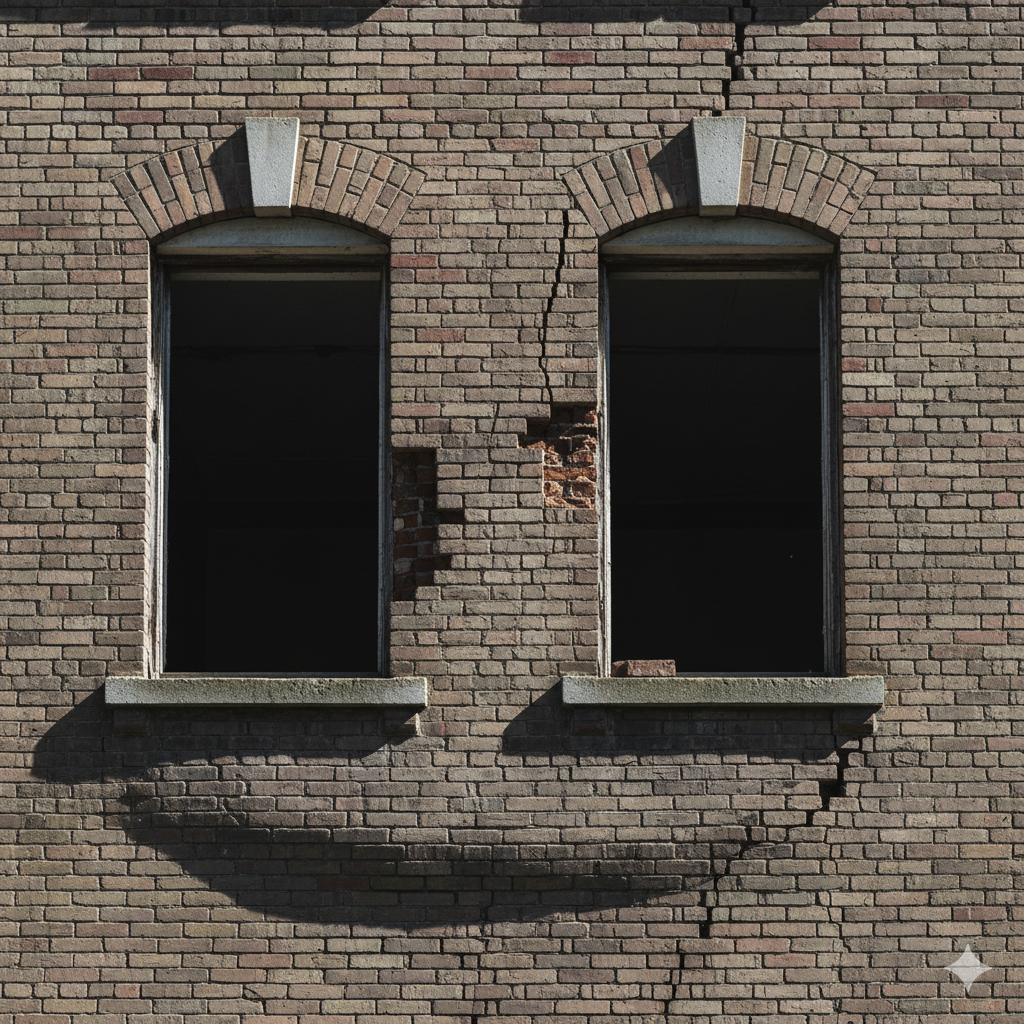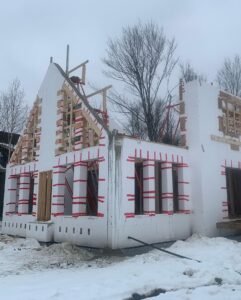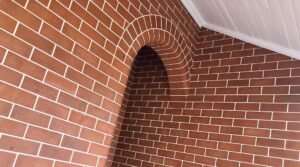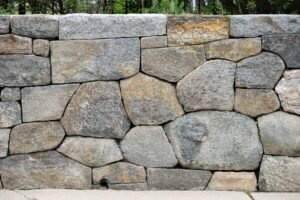If you’ve noticed cracks above your windows or doors, sagging walls, or misaligned frames, your lintels might be failing. Lintels are critical components of your home’s structure, and their failure can lead to serious damage. Ignoring these early signs of lintel issues can result in costly work and safety hazards down the line.
In this blog post, we’ll discuss the importance of lintels, how to spot the signs of failing lintels, and what actions you can take to avoid extensive damage. Let’s dive into the world of lintel installation and Replacement.
Table of Contents
ToggleWhat Are Lintels, and Why Are They Important?
Lintels are horizontal supports installed above doors, windows, and other openings in a wall. Made from materials like steel, concrete, or wood, they are designed to support the weight of the structure above. Without a properly functioning lintel, the load above windows and doors would rest on the surrounding masonry, causing cracks, shifting, and even potential collapse.
For older homes, wood or low-quality steel lintels may be more prone to damage. However, in modern construction, reinforced steel and concrete lintels are more commonly used. These lintels are strong, but over time, even they can deteriorate.
Signs of Failing Lintels
Lintel failure is often gradual and can be difficult to detect at first. However, there are a few clear signs that homeowners can look out for:
1. Cracks Above Windows and Doors
If you notice cracks forming above your windows or doors, this could be a sign of a failing lintel. The cracks often appear as thin, vertical lines above the openings. These cracks might start small but can widen and deepen over time. As the lintel weakens, the cracks may become more prominent, indicating that the structure is losing its support.
2. Sagging or Bowing Walls
Another sign of lintel failure is sagging or bowing walls around the windows and doors. When a lintel fails, the weight it is supposed to support shifts, causing the wall to bend. This can lead to noticeable warping, sagging, or even tilting of the surrounding bricks or stonework. If left unaddressed, this could compromise the overall structural integrity of the building.
3. Misaligned or Sticking Doors and Windows
When the lintel above a window or door becomes damaged or misaligned, it can cause the frames to shift. This may result in doors and windows becoming harder to open and close. If your doors or windows are suddenly misaligned, sticking, or rubbing against the frame, it may be a sign of lintel failure.
4. Rust or Staining on Steel Lintels
If you have steel lintels, you may notice rust or staining around the edges. This can indicate that the steel is corroding, weakening the lintel’s structural strength. Rust spots or discolored patches on the wall directly above the windows and doors are often early signs of a failing steel lintel.
5. Cracking of Surrounding Materials
Cracking can spread to the surrounding materials if the lintel is failing. For example, you may notice cracks in the plaster, drywall, or brickwork around the window or door frames. These cracks could be caused by the shifting pressure and weight from the failing lintel.
Why Do Lintels Fail?
Lintels can fail for a variety of reasons. Understanding the cause of the failure can help prevent future problems.
1. Age and Wear
Lintels, especially those made of wood or older steel, can deteriorate over time. Age, combined with exposure to moisture, extreme weather conditions, and the natural settling of the building, can weaken the lintels and make them less effective at supporting the structure above.
2. Water Damage
Water is a major enemy of lintels. If water seeps into the masonry, it can corrode steel lintels or cause wooden lintels to rot. In regions with high humidity or heavy rainfall, lintels are particularly susceptible to water damage.
3. Improper Installation
If the lintel was not installed correctly in the first place, it may fail prematurely. Factors like improper sizing, placement, or material choice can affect how well the lintel supports the weight of the structure above.
4. Structural Settling
As buildings settle over time, the pressure on lintels may change. This can lead to stress and eventual failure, especially if the foundation has shifted or if the building has been subject to excessive load.
What Happens If Lintels Fail?
Lintel failure is more than just a cosmetic issue. If left unchecked, it can lead to serious structural problems, including:
- Cracked or collapsed walls: The load from the upper floors can crack or even collapse the wall above the lintel if it isn’t properly supported.
- Misaligned openings: Doors and windows may no longer open and close properly, making the building less secure.
- Increased costs: Failing lintels can lead to extensive damage in other areas of the home, resulting in costly work.
How to Prevent Lintel Failure
Prevention is always better than cure, and when it comes to lintel failure, taking proactive steps can save you a lot of hassle and money.
1. Regular Inspections
Regular inspections of your lintels are essential, especially if you live in an older home. Look for early signs of cracking or sagging, and consult with a professional if you notice any issues. A mason or structural engineer can assess the condition of your lintels and recommend the appropriate course of action.
2. Waterproofing
Make sure your home is properly waterproofed, especially in areas with high moisture levels. Installing proper drainage systems and sealing any cracks in the masonry can help prevent water from seeping into your lintels and causing rust or rot.
3. Replacements
If your lintels are showing signs of damage, it’s crucial to replace them as soon as possible. For minor cracks or rust, your contractor may be able to reinforce the lintel with helical bars or other methods. For more severe cases, the lintel may need to be replaced entirely.
To learn more about professional lintel installation, check out TheFixItGuys Lintel Installation Service.
How to Fix Failing Lintels?
Fixing failing lintels requires professional expertise, especially if the damage is significant. Here are some methods that professionals might use to replace lintels:
- Helical Bars: These are reinforcement bars inserted into the wall to provide additional support to failing lintels. This method can strengthen existing lintels without the need for full replacement.
- Lintel Replacement: In more severe cases, the failing lintel will need to be replaced entirely. This involves removing the damaged lintel and installing a new one made from stronger, more durable materials.
Conclusion
If you notice cracks above windows, sagging walls, or misaligned doors and windows, your lintels might be failing. Ignoring these signs could lead to severe structural issues and expensive work. Regular inspections, proper maintenance can help extend the life of your lintels and prevent major damage.
For professional lintel installation and replacement, TheFix ItGuys are experts in masonry and brickwork. Don’t wait until it’s too late—address any signs of lintel failure early to safeguard the structural integrity of your home.















